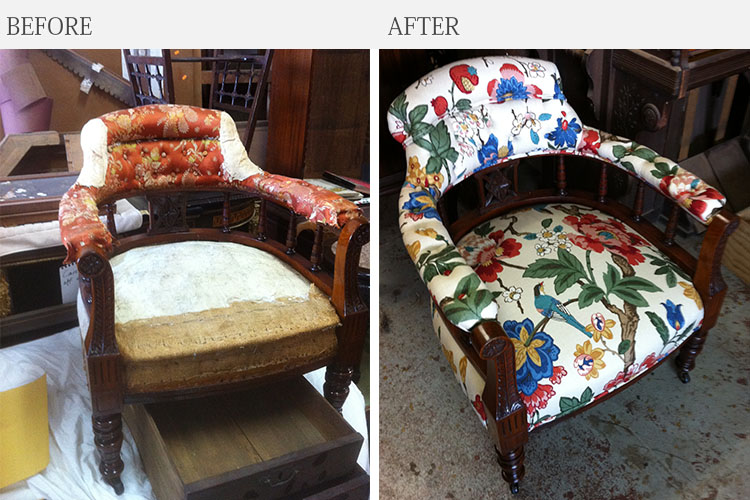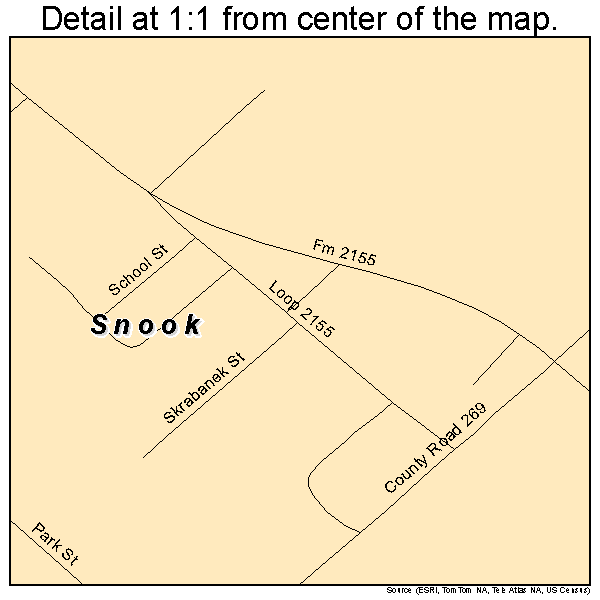


Patrick’s Cathedral, Central Park, the Brooklyn Bridge, the Chrysler Building, the Empire State Building, Times Square, Grand Central Station, and many others-and will continue to shape the city’s landscape for years to come. One cost of this progress, however, has been the demolition and loss of many historic structures over time.
Thankfully, advancements in historic preservation, protective designations, and economic incentives-enacted through the unceasing advocacy of many city residents and community groups-have encouraged the city to preserve its architectural heritage in recent years. The Met began collecting American architectural elements in the early twentieth century, and the American Wing’s current holdings document New York’s significant role in the evolution of American architectural design and the city’s ever-evolving urban landscape. Second Branch Bank of the United States, later the US Assay Office Here, take a virtual stroll from Wall Street to the Upper West Side and learn about a few bygone structures that live on at The Met. Wall Street (built 1822–24, demolished 1915)įacade of the Second Branch Bank of the United States in The Charles Engelhard Court, Gallery 700. Now an iconic feature of The Charles Engelhard Court, this marble facade originally stood on the north side of Wall Street between Williams and Nassau Streets in lower Manhattan. The entrance to the New York branch of the Second Bank of the United States, it was designed by the American builder-architect Martin Euclid Thompson, who drew primarily from eighteenth-century English interpretations of Palladian architecture to create the projecting central bay topped with a triangular pediment. Manhattan Trust Company, United States Sub-Treasury, and United States Assay Office, 1890s.


 0 kommentar(er)
0 kommentar(er)
